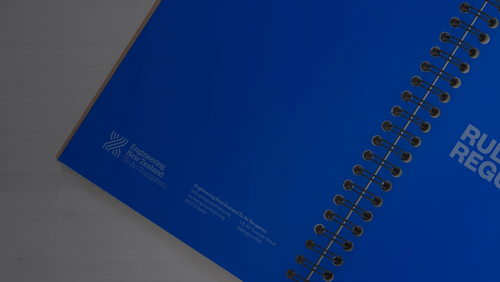1 Nov 2018
The Department of Internal Affairs recently commissioned Boffa Miskell and GHD to conduct an assessment of the potential cost for local government to upgrade wastewater treatment plants (WWTPs) and associated infrastructure.
These upgrades are crucial to meet the increasing standards under the National Policy Statement (NPS) for Freshwater Management and achieve improved receiving water quality across New Zealand.
The assessment provides information on how cost differs across profiles, such as types of wastewater systems, components within the system (such as reticulated or plant infrastructure), or factors such as network age or condition.
The report also explores how attributes such as E. coli, nitrates, or phosphorous are currently treated by wastewater plants, and what the cost will be if standards or targets increase, or requirements for attributes change over time.
Some of the report’s key findings are:
- Of the 321 publicly owned WWTPs operating in New Zealand, 152 of these (47 percent) discharge to freshwater, serving a total estimated population of 644,900 (13 percent of New Zealand’s total population)
- The majority of centralised WWTPs in New Zealand were constructed over the past 60 years and approximately 60% of WWTPs discharging to freshwater use waste stabilisation pond technology, which generally has poorer effluent quality in comparison to modern treatment technologies
- The total capital cost for upgrading all WWTPs in New Zealand to meet the set standards is estimated at $1.4 to $2.1 Billion
- 82% of the WWTPs requiring upgrades are servicing minor (<5001 people) or small populations (<501 people).
- The annual cost impact of the WWTP upgrades is greatest for the small communities (<501 people) at approximately $3,576 for each affected household. The average annual cost impact is $1,138 per affected household.
These findings and potential costs may be startling to some, but the costs of further damage to public health that could come from ignoring these findings could make the situation even worse.
Download the full report on the Department of Internal Affairs website.







